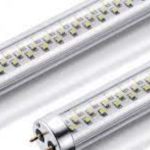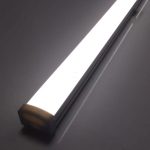LED Light Bulbs 101: Understanding How They Work and Save You Money
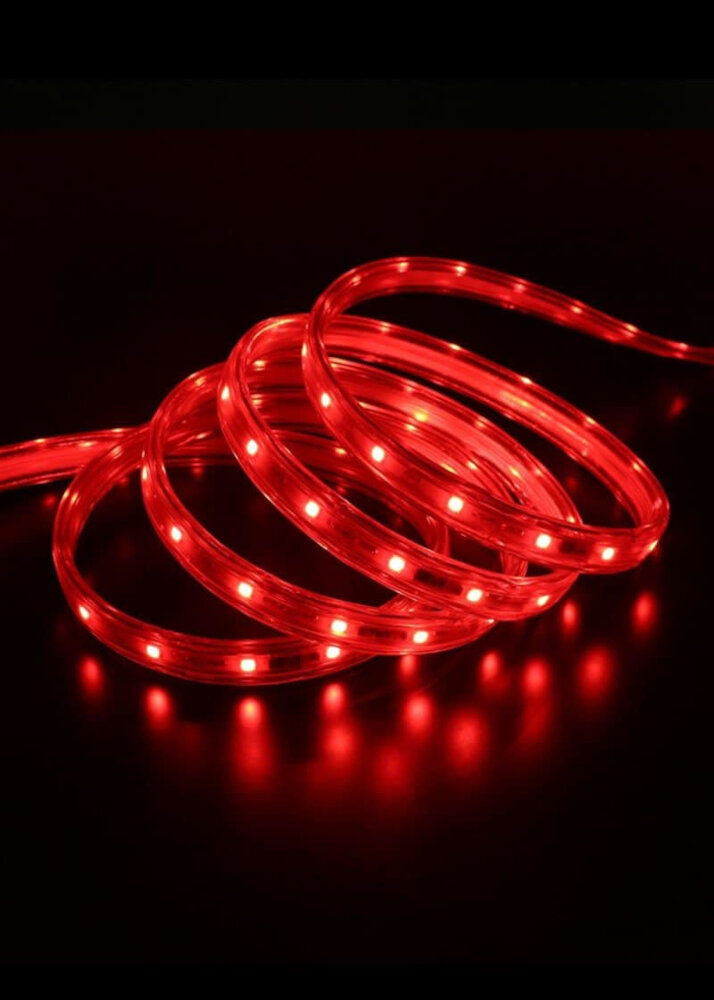
In recent years, LED light bulbs have become increasingly popular, thanks in part to their energy efficiency and long lifespan. But what exactly are LED light bulbs, and how do they work? Understanding the basics of LED technology can help you make informed decisions when it comes to choosing lighting solutions for your home or business. Additionally, investing in LED light bulbs can save you money in the long run, making them a smart choice for anyone looking to upgrade their lighting. LED stands for \light-emitting diode,\ which is a semiconductor device that converts electricity into light. Unlike traditional incandescent bulbs, which produce light by heating a filament until it glows, LEDs generate light through a process called electroluminescence. This means that they use less energy to produce the same amount of light, making them more energy-efficient and cost-effective. In addition, LEDs do not contain hazardous materials such as mercury, making them safer and more environmentally friendly than other types of bulbs. In this article, we will explore the science behind LED light bulbs, how they work, and how they can save you money on your energy bill.
LED light bulbs, also known as Light Emitting Diode bulbs, are a type of energy-efficient lighting technology that has gained popularity in recent years. Unlike traditional incandescent bulbs, LED bulbs use a semiconductor to convert electricity into light, rather than a filament. This allows them to produce the same amount of light using significantly less energy, making them a more environmentally friendly and cost-effective option. LED bulbs also have a longer lifespan than traditional bulbs, lasting up to 25 times longer, and are available in a variety of colors and styles. Overall, LED light bulbs are a smart choice for those looking to reduce their energy consumption and save money on their electricity bills.
LED light bulbs offer several benefits over traditional incandescent bulbs. Firstly, they are energy-efficient and use up to 80% less energy to produce the same amount of light, which translates into considerable savings on electricity bills. Secondly, they last much longer than traditional bulbs and can offer up to 25,000 hours of lifespan. This means that they need to be replaced less frequently, reducing the cost of maintenance and replacement. Additionally, LED bulbs produce less heat, making them safer to use and reducing the risk of fire hazards. Finally, they come in a range of colors and styles, making them a versatile lighting option for any space. Overall, LED light bulbs are a cost-effective and eco-friendly lighting solution that can help you save money and reduce your carbon footprint.
How LED Light Bulbs Work
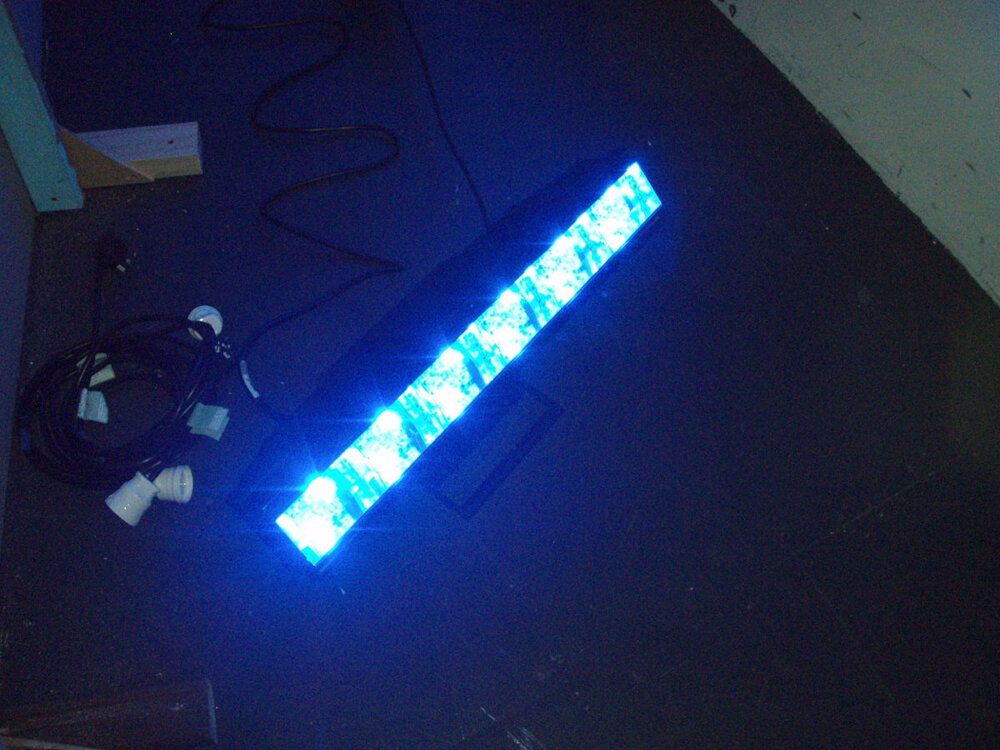
LED light bulbs are a type of lighting technology that have gained immense popularity in recent years due to their energy efficiency and longevity. Unlike traditional incandescent bulbs that use a filament to produce light, LED bulbs work by passing an electric current through a semiconductor material, which then emits light energy in the form of photons. The semiconductor material used in LED bulbs is typically made of a combination of elements such as gallium, arsenic, and phosphorus. By adjusting the composition of these materials, manufacturers can create LEDs that emit different colors of light, including warm white, cool white, and even colored light. One of the major advantages of LED bulbs over traditional incandescent bulbs is their energy efficiency. LED bulbs use significantly less energy than incandescent bulbs and can last up to 25 times longer. This means that not only will you save money on your energy bills over time, but you will also save money on replacement bulbs. In addition, LED bulbs are much safer to use than incandescent bulbs, as they generate much less heat and are less likely to cause fires or other hazards. Overall, LED bulbs are a smart choice for anyone looking to save money and reduce their environmental impact while still enjoying high-quality lighting.
LED (Light Emitting Diode) technology is a revolutionary innovation in the lighting industry. It works by utilizing a semiconductor material that emits light when an electric current is passed through it. Unlike incandescent bulbs that produce light by heating a filament, LED bulbs convert electricity into light without generating excessive heat. This makes them much more energy-efficient and durable, with an average lifespan of 25,000 hours. LED bulbs also offer a wide range of color options, from warm yellow to cool blue, making them ideal for various lighting applications. Additionally, they produce directional light, which means they emit light in a specific direction, making them perfect for task lighting such as reading or working. All of these features make LED technology an increasingly popular choice for homeowners and businesses looking to save money on energy bills while reducing their carbon footprint.
When compared to traditional light bulbs, LED light bulbs are a clear winner in terms of energy efficiency, lifespan, and overall cost savings. Traditional incandescent bulbs waste a significant amount of energy as heat, resulting in higher electricity bills and shorter lifespans. LED bulbs, on the other hand, convert nearly all of their energy into light, making them much more energy-efficient and cost-effective in the long run. Additionally, LED bulbs can last up to 25 times longer than traditional bulbs, reducing the need for frequent replacements and the associated costs. Overall, switching to LED bulbs is a smart choice for anyone looking to save money and reduce their environmental impact.
Types of LED Light Bulbs
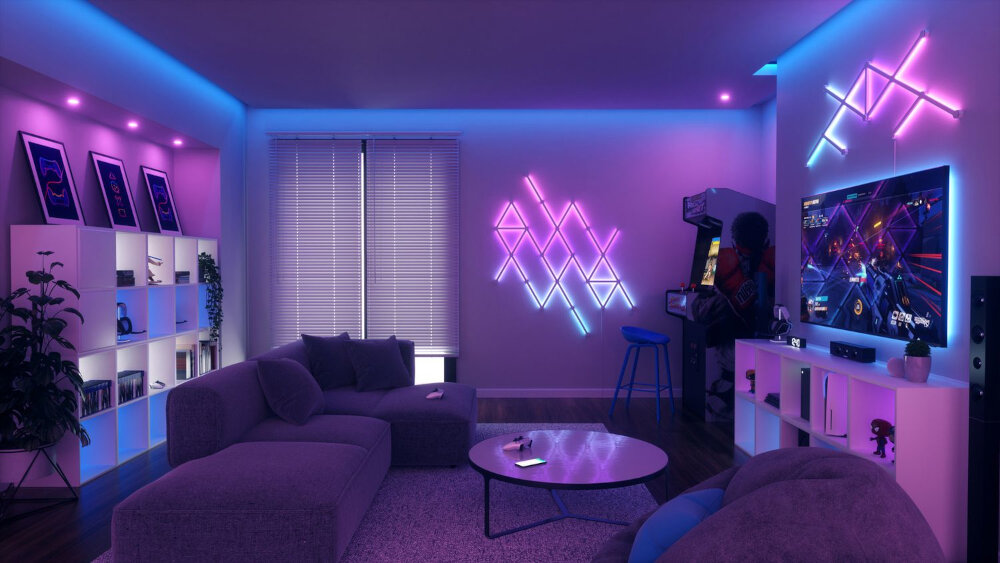
LED light bulbs have become popular because of their energy efficiency and long lifespan. They use less energy than traditional incandescent bulbs, making them a more cost-effective option for homeowners. There are several types of LED light bulbs available in the market, each with their own unique features and benefits. The most common types of LED bulbs are A19, BR30, and PAR38. A19 bulbs are the most popular and widely used LED bulbs. They are suitable for most lighting applications, including table lamps, ceiling fixtures, and wall sconces. BR30 bulbs are ideal for recessed lighting and track lighting. They emit a wide beam angle that can illuminate larger areas. PAR38 bulbs are perfect for outdoor lighting and security lights. They have a narrow beam angle that can focus light on a specific area. Another type of LED light bulb is the Edison-style bulb. These bulbs have a vintage look and are designed to mimic the appearance of traditional incandescent bulbs. They are available in a range of shapes and sizes, including globe, teardrop, and tube. Edison-style LED bulbs are an excellent choice for decorative lighting, such as chandeliers and pendant lights. Another type of LED bulb is the smart bulb, which can be controlled with a smartphone or voice assistant. Smart LED bulbs are convenient and allow homeowners to adjust the brightness and color temperature of the light. They are also energy-efficient and can be programmed to turn on and off at specific times. Overall, choosing the right type of LED bulb will depend on the specific lighting needs of the homeowner.
LED light bulbs come in a wide variety of shapes and sizes to accommodate different fixtures and applications. The most common shapes include A19, which is the standard bulb shape, BR30, which is a wider floodlight shape, and PAR38, which is a larger spotlight shape. LED bulbs also come in a range of sizes, from mini bulbs that are small enough to fit in tight spaces, to larger bulbs that can provide more light output. Choosing the right shape and size of LED bulb is important to ensure proper fit and functionality in your lighting fixtures. With the vast selection available, it’s easy to find LED bulbs that will work for any application, while also saving you money on your energy bills.
When it comes to LED light bulbs, one of the most important factors to consider is the color temperature and brightness options. The color temperature refers to the hue of the light emitted by the bulb, which can range from warm yellow to cool blue. This can have a significant impact on the ambiance of a room, as warmer hues tend to create a more relaxed and cozy atmosphere, while cooler hues can make a space feel brighter and more energetic. Brightness options, on the other hand, refer to the amount of light emitted by the bulb, which is measured in lumens. Choosing the right color temperature and brightness options can help you achieve the perfect lighting for any space while also helping you save money on your energy bill.
Advantages of LED Light Bulbs
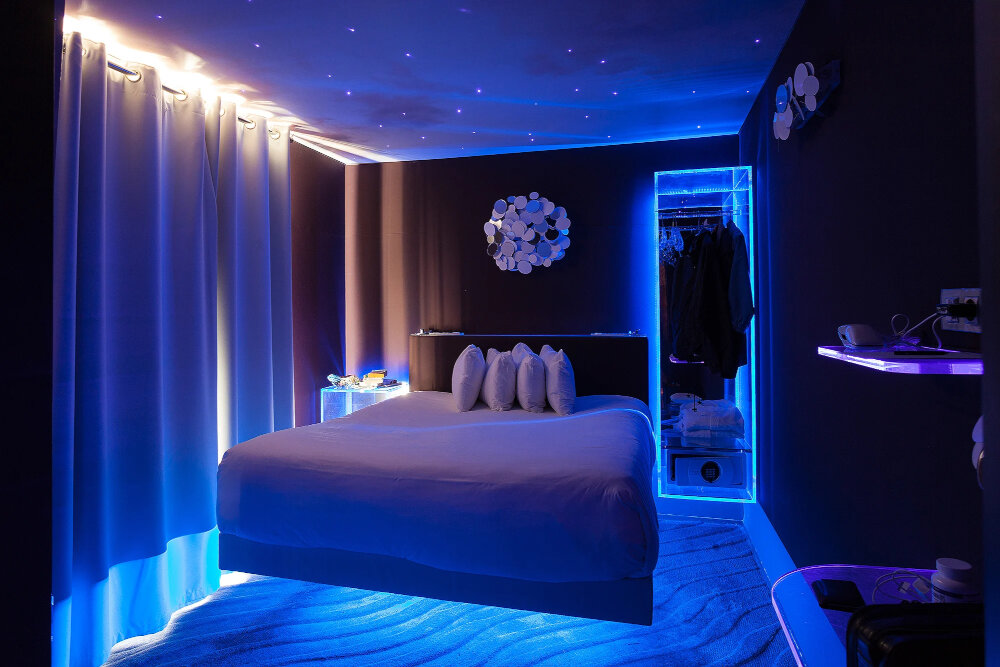
LED light bulbs have revolutionized the lighting industry, providing numerous advantages over traditional incandescent and fluorescent light bulbs. One of the most significant benefits of LED light bulbs is their energy efficiency. LED bulbs use up to 80% less energy than incandescent bulbs, which means lower electricity bills and reduced carbon footprint. LED bulbs also have a longer lifespan, lasting up to 25 times longer than incandescent bulbs, which means less frequent replacements and less waste. Moreover, LED bulbs emit less heat, making them safer and more comfortable to use, especially in enclosed spaces. LED bulbs are also highly versatile and come in various sizes and shapes, making them suitable for a wide range of lighting applications, from household lighting to commercial and industrial lighting. Another advantage of LED light bulbs is their eco-friendliness. LED bulbs do not contain hazardous materials, such as mercury and lead, which are commonly found in fluorescent bulbs. This means that LED bulbs are easier to dispose of and do not pose a threat to the environment or human health. Additionally, LED bulbs do not emit UV or infrared radiation, which can damage sensitive materials and cause health problems. LED bulbs also offer excellent color rendering, meaning that they can produce light in a wide range of colors and shades, making them ideal for various lighting scenarios, such as mood lighting, accent lighting, and task lighting. Overall, LED light bulbs are an excellent choice for anyone looking for energy-efficient, long-lasting, versatile, and eco-friendly lighting solutions.
Energy efficiency is a crucial aspect to consider when it comes to lighting solutions for our homes and businesses. LED light bulbs are an excellent option for those who want to reduce their energy consumption without sacrificing the quality of light. Unlike traditional incandescent bulbs, LEDs convert most of the energy consumed into light rather than heat. This means they use up to 80% less energy than their incandescent counterparts, resulting in significant cost savings on your electricity bill. Furthermore, LED bulbs have a longer lifespan, reducing the frequency of replacements and waste. By switching to LED light bulbs, you can enjoy brighter and more efficient lighting while saving money and reducing your carbon footprint.
One of the most significant benefits of LED light bulbs is their long lifespan and durability. Unlike traditional incandescent bulbs that tend to burn out quickly, LED bulbs can last up to 25 times longer. This is due to their advanced technology and lack of a filament, which makes them more resistant to wear and tear. Additionally, LED bulbs are highly durable and can withstand harsh environments, such as extreme temperatures and vibrations, without breaking or malfunctioning. This longevity and durability not only save you money in the long run but also reduce the amount of waste produced by constantly replacing burned-out bulbs.
The environmental benefits of LED light bulbs are numerous and significant. Firstly, they consume significantly less energy, up to 80% less, than traditional incandescent bulbs, reducing the demand on power plants and decreasing carbon emissions. Secondly, LED bulbs have a much longer lifespan, up to 25,000 hours, reducing the frequency of replacements and ultimately reducing waste. Additionally, LED bulbs do not contain harmful materials like mercury or lead, making them more environmentally friendly to dispose of. By making the switch to LED lighting, individuals can make a positive impact on the environment while also saving money on their energy bills.
Choosing the Right LED Light Bulb
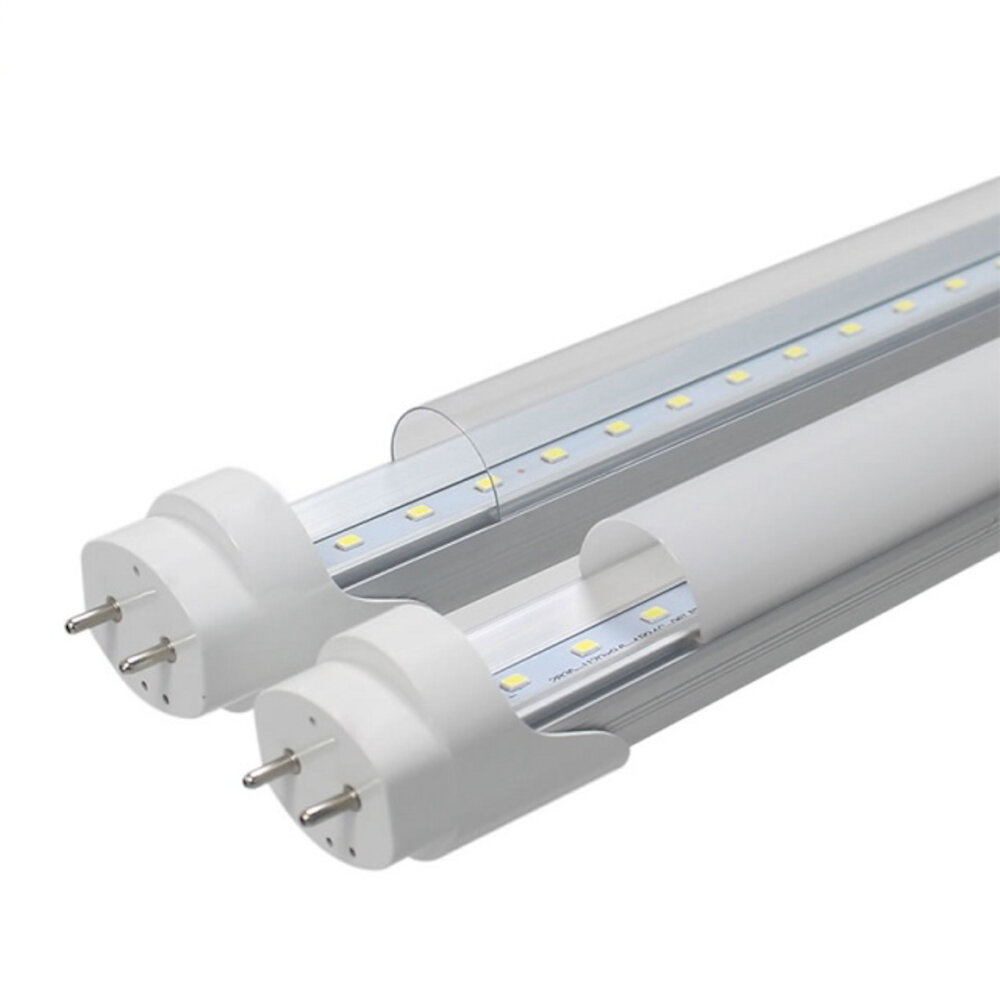
Choosing the right LED light bulb can seem overwhelming, especially with the variety of options available on the market. However, the right LED bulb can not only save you money but also provide better lighting quality than traditional incandescent bulbs. When selecting a bulb, consider the brightness level, color temperature, and wattage equivalent. Brightness is measured in lumens, with higher lumens indicating a brighter bulb. Color temperature is measured in kelvins and indicates the warmth or coolness of the light. Lower kelvins provide a warmer, yellow light, while higher kelvins provide a cooler, blue light. Wattage equivalent refers to the amount of energy the bulb uses compared to traditional incandescent bulbs. It’s essential to consider the specific purpose of the bulb when choosing the right LED bulb. For example, a cool, blue light may be suitable for a workspace, while a warm, yellow light may be better for a bedroom or living room. Dimmable bulbs are also an option for areas where you want to adjust the lighting level. Look for bulbs with the ENERGY STAR label, indicating they meet energy efficiency guidelines set by the US Environmental Protection Agency. Finally, consider the lifespan of the bulb, as LED bulbs typically last much longer than incandescent bulbs, saving you money in the long run. With a little research and consideration, choosing the right LED bulb can provide significant cost savings and improved lighting quality.
Wattage and lumens are two important factors to consider when choosing LED light bulbs. Wattage refers to the amount of energy the bulb consumes, while lumens measure the amount of light emitted by the bulb. In the past, people used to equate higher wattage with brighter light, but with LED technology, this is no longer the case. LEDs use significantly less wattage to produce the same amount of light as traditional incandescent bulbs, making them much more energy-efficient. Lumens, on the other hand, provide a more accurate measurement of brightness. The higher the lumens, the brighter the light. LED bulbs typically have a higher lumens-to-wattage ratio than incandescent bulbs, which means they use less energy to produce the same amount of light. Understanding the relationship between wattage and lumens can help you choose the right LED bulb for your needs, whether it’s for energy savings or brighter lighting.
Dimming is an essential aspect of LED light bulbs, which enables users to adjust the brightness of the light as per their requirements. However, not all LED bulbs are compatible with dimmers, and it is essential to ensure that the LED bulb is compatible with the dimmer switch before installation. Compatibility issues can result in flickering, buzzing, or even damage to the bulb. It is recommended to use dimmer switches specifically designed for LED bulbs or to purchase bulbs that are labeled as “dimmable.” These bulbs use a different type of driver that is specifically designed for dimming purposes, resulting in smoother transitions and a more enjoyable experience.
When it comes to purchasing LED light bulbs, there are several quality and brand considerations to keep in mind. Quality is important because it can affect the lifespan and efficiency of the bulb. Look for bulbs with high-quality components and a long warranty. Additionally, consider the brand. Well-known and reputable brands are likely to produce higher quality bulbs that are more reliable and consistent in their performance. Do your research and read reviews from other customers to ensure that you are making an informed decision. Remember, investing in high-quality LED bulbs may cost more upfront but will save you money in the long run through energy savings and longer lifespan.
LED light bulbs are one of the most energy-efficient and cost-effective lighting options available in the market today. These bulbs are designed to use less energy and last longer than traditional incandescent bulbs, which means they help save on electricity bills and reduce the carbon footprint. In addition to their energy efficiency, LED bulbs are also known for their durability, versatility, and safety. They emit less heat, making them safer to use than incandescent bulbs, and they come in a variety of colors and brightness levels to suit different needs and preferences. Moreover, LED bulbs are mercury-free and do not emit harmful UV rays, making them a healthier and eco-friendly option for lighting up your home or office.
Making the switch to LED technology is a decision that can significantly benefit both your wallet and the environment. LED bulbs use up to 85% less energy than traditional incandescent bulbs, which translates to substantial savings on your electricity bill. Additionally, LED bulbs last up to 25 times longer than their incandescent counterparts, so you’ll save money on replacements over time. Not only are LED bulbs more cost-effective, but they’re also better for the environment as they produce less carbon emissions and toxic waste. By upgrading to LED technology, you’re not only making a smart financial decision but also doing your part in reducing your carbon footprint. So, don’t hesitate, make the switch to LED bulbs today and start enjoying the financial and environmental benefits.
Conclusion
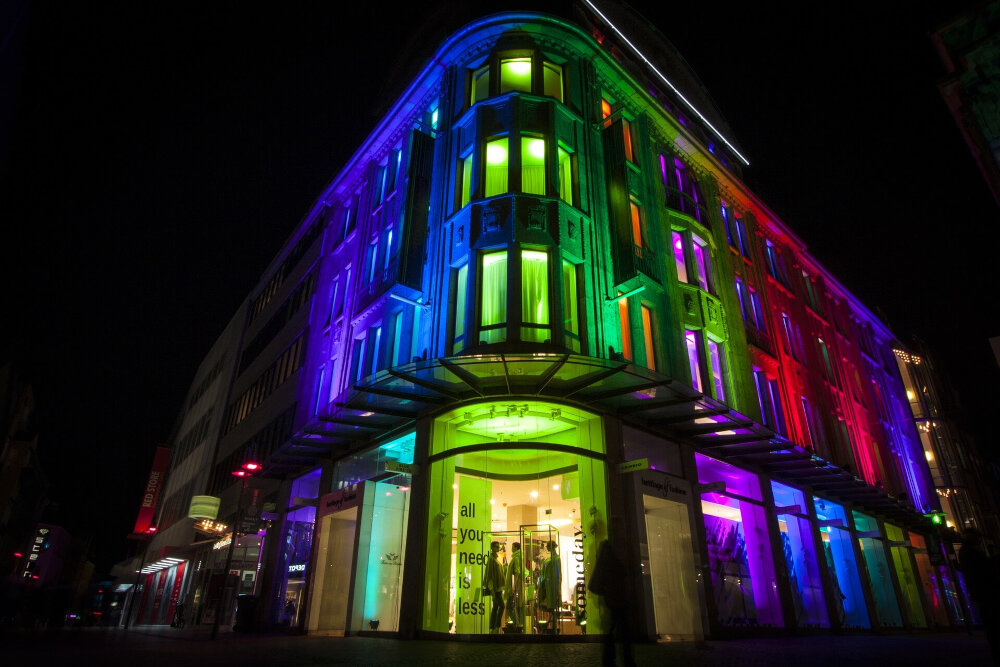
In conclusion, LED light bulbs have revolutionized the way we light our homes and businesses. Unlike traditional incandescent bulbs, they use less energy, last longer, and emit very little heat. This not only saves you money on your electricity bill but also helps to reduce your carbon footprint. Understanding how LED light bulbs work and their benefits can help you make informed decisions when it comes to lighting your space. With the continued advancement of LED technology, we can expect to see even more energy-efficient and cost-effective lighting solutions in the future. So, make the switch to LED light bulbs and enjoy the benefits of a brighter and greener future.

